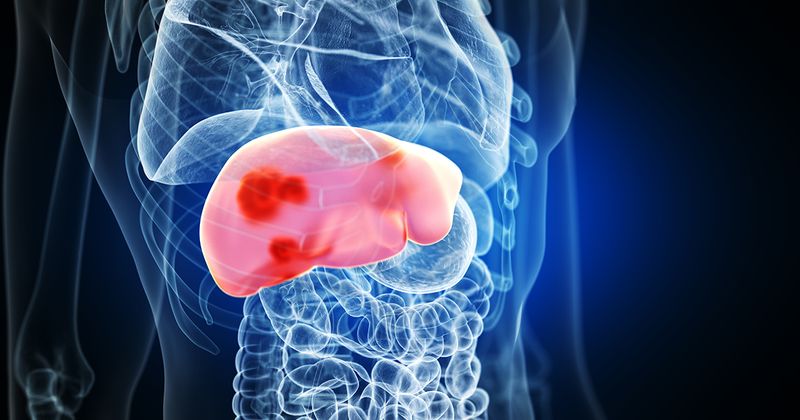Fewer complications with normothermic regional perfusion vs. super rapid recovery LT
Key takeaways:
- Only super rapid recovery LT recipients experienced ischemic cholangiopathy and primary nonfunction.
- Early allograft dysfunction and biliary anastomotic strictures also were common in this group.
Recipients of livers recovered by normothermic regional perfusion vs. standard super rapid recovery experienced lower rates of ischemic cholangiopathy and biliary complications, with comparable patient and graft survival, data showed.
“The most immediate approach to increase access to liver transplant is to improve use of extended-criteria allografts,” Aleah L. Brubaker, MD, PhD, a transplant and hepatobiliary surgeon and assistant professor at the University of California, San Diego, and colleagues wrote in JAMA Surgery. “Normothermic regional perfusion (NRP) is an alternative recovery method to standard [controlled donation after circulatory death (cDCD)] super rapid recovery (SRR) that allows for in situ perfusion of potentially transplantable organs with oxygenated blood after the initial period of ischemic tissue injury.”

Image: Adobe Stock
They continued: “Early experience with livers transplanted from NRP donors in the U.S. is promising, and more mature international data show favorable outcomes for NRP livers compared with those recovered via SRR.”
In a retrospective, observational cohort study, researchers investigated recipient and graft outcomes of LT from cDCD donors across 17 U.S. transplant centers from January 2017 to May 2023. They included 242 cDCD livers, of which 136 were recovered by SRR and 106 were recovered by NRP — 79 thoracoabdominal NRP (TA-NRP) and 27 abdominal NRP (A-NRP).
The primary outcome was ischemic cholangiopathy, while secondary outcomes included primary nonfunction, early allograft dysfunction, biliary anastomotic strictures, posttransplant length of stay, and patient and graft survival.
Researchers noted that median SRR and NRP donor age was 36 and 30.5 years, respectively.
According to study results, only patients in the SRR group experienced ischemic cholangiopathy (12 vs. 0), with ischemic cholangiopathy-free survival “significantly improved” among NRP recipients. Primary nonfunction also only occurred in the SRR group (2 vs. 0).
Patients who received SRR livers were more likely to experience early allograft dysfunction (56.1% vs. 36.4%), with biliary anastomotic strictures reportedly higher in this group as well — an increase of 2.8-fold vs. NRP (22.4% vs. 6.7%).
Further, median posttransplant length of stay was significantly shorter in the NRP group vs. the SRR group (7 vs. 10 days). Researchers observed comparable patient and graft survival between groups.
“Findings of this cohort study suggest that the feasibility of A-NRP and TA-NRP implementation across multiple U.S. transplant centers supports increasing adoption of NRP to improve organ use, access to transplant and risk of waitlist mortality,” Brubaker and colleagues wrote. “In addition, ongoing granular evaluation of NRP-recovered allografts will inform the transplant communities’ understanding of how this perfusion technology can redefine traditional limitations on cDCD allografts and impact cDCD liver allograft use.”
